Memory Performance: 16GB DDR3-1333 to DDR3-2400 on Ivy Bridge IGP with G.Skill
by Ian Cutress on October 18, 2012 12:00 PM EST- Posted in
- Memory
- G.Skill
- Ivy Bridge
- DDR3
The realm of DDR3-2400 MHz memory is reserved for two types of setup – strong Sandy Bridge and Sandy Bridge-E processors, or Ivy Bridge processors. The former can depend on the motherboard as well – within my motherboard testing I was finding that some motherboards enjoyed running at DDR3-2400 with an appropriate processor, whereas others needed a bump in voltages to get to work. For Ivy Bridge processors though, DDR3-2400 should be a walk in the park – based on overclocking results it seems that processors produced in Malaysia have good memory controllers, whereas ones made in Costa Rica have better processor speed/voltage characteristics (though your mileage may vary). So having a high and stable memory speed is ideally paired with an Ivy Bridge processor at this point.
As you can imagine, if DDR3-2133 was getting expensive, then DDR3-2400 is even much more so, even if the kit is rated C10 rather than C9. The additional cost comes mainly from binning – i.e. making sure that there are enough ICs to go into these memory kits. A 4x4 GB kit needs 32 ICs capable of running this speed, and to get those 32 may require north of 500 ICs to be tested (the rest get binned into other slower modules), though the exact numbers are obviously a well kept secret from G.Skill. If I recall, in the early days of Nehalem, the high end 2000 C8 modules were literally 1 in 100 that passed the tests, and hence the exorbitant price at the time. This DDR3-2400 C10 kit comes in at $145, not much of a leap from DDR3-2133 C9 at $130, but the benchmarks will paint a truer picture of how much this difference matters later in the review.
Visual Inspection
The DDR3-2400 C10 kit today provided by G.Skill covers its TridentX branding. TridentX is one notch above RipjawsZ, and spans kits from DDR3-2400 C9 to DDR3-2800 C11. The main features on the kit (aside from the speeds) are the heatsinks, to which G.Skill have added a detachable fin. Without the fin, the module is approximately 9mm above the module, and with the fin the total height is 22mm above the PCB. That is a lot of height for a memory module that in 99% of circumstances would not produce enough temperature to trouble any build.
In order to remove the fin there is a screw at each end of the module, and the fin slides off effortlessly. The fins fit very well, but upon attempting to reattach a fin I was unable to get it on as securely as it came out of the box, leaving a little wobble in the fin. There is no cause for alarm if you get a module with a wobbly fin – nothing is wrong, and it will not affect the heat dissipation as much as most users may think. Most modules output a few watts at best, so dissipation of several watts of energy without a fin is simple enough.
Putting such a large module in our TRUE Copper scenario was a recipe for disaster:
Even putting the module in the second slot faired no better:
All the testing for this review was done on a ASUS P8Z77-V Premium motherboard with the Intel stock cooler, so module movement is not much an issue in that case, but big air coolers still get a lot of usage (and is more often than not an investment over several updates), so there are things to consider when purchasing memory.
JEDEC + XMP Settings
| G.Skill | |||||
| Kit Speed | 1333 | 1600 | 1866 | 2133 | 2400 |
| Subtimings | 9-9-9-24 2T | 9-9-9-24 2T | 9-10-9-28 2T | 9-11-10-28 2T | 10-12-12-31 2T |
| Price | $75 | $80 | $95 | $130 | $145 |
| XMP | No | Yes | Yes | Yes | Yes |
| Size | 4 x 4 GB | 4 x 4 GB | 4 x 4 GB | 4 x 4 GB | 4 x 4 GB |
|
|
|||||
| MHz | 1333 | 1600 | 1867 | 2134 | 2401 |
| Voltage | 1.500 | 1.500 | 1.500 | 1.650 | 1.650 |
| tCL | 9 | 9 | 9 | 9 | 10 |
| tRCD | 9 | 9 | 10 | 11 | 12 |
| tRP | 9 | 9 | 9 | 10 | 12 |
| tRAS | 24 | 24 | 28 | 28 | 31 |
| tRC | 33 | 33 | 37 | 38 | 43 |
| tWR | 10 | 12 | 14 | 16 | 16 |
| tRRD | 4 | 5 | 5 | 6 | 7/6 |
| tRFC | 107 | 128 | 150 | 171 | 313 |
| tWTR | 5 | 6 | 8/7 | 9/8 | 10/9 |
| tRTP | 5 | 6 | 8/7 | 9/8 | 10/9 |
| tFAW | 20 | 24 | 24 | 25 | 26 |
| tCWL | - | 7 | 7 | 7 | 7 |
| CR | - | 2 | 2 | 2 | 2 |


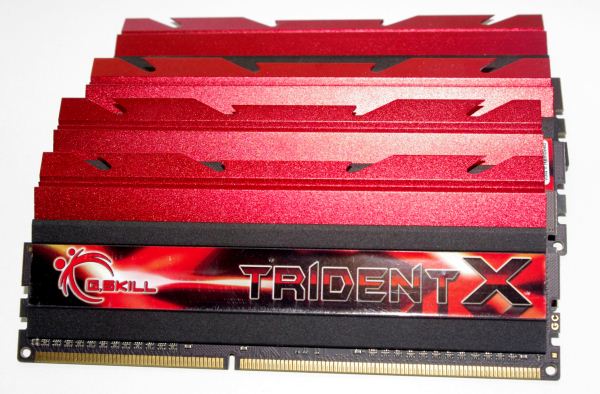
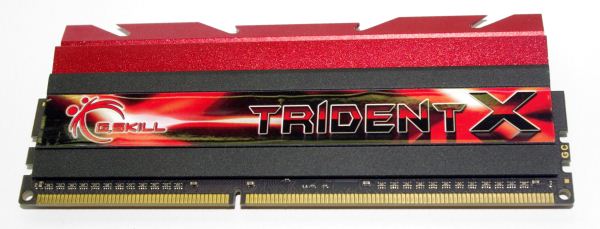
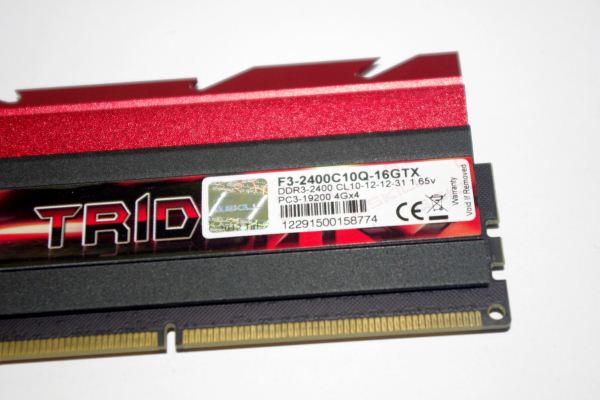
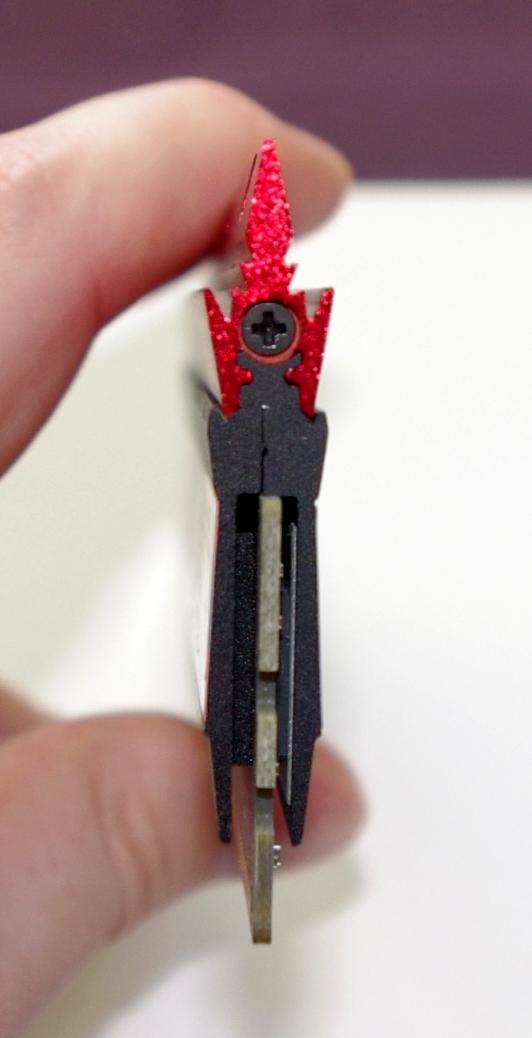


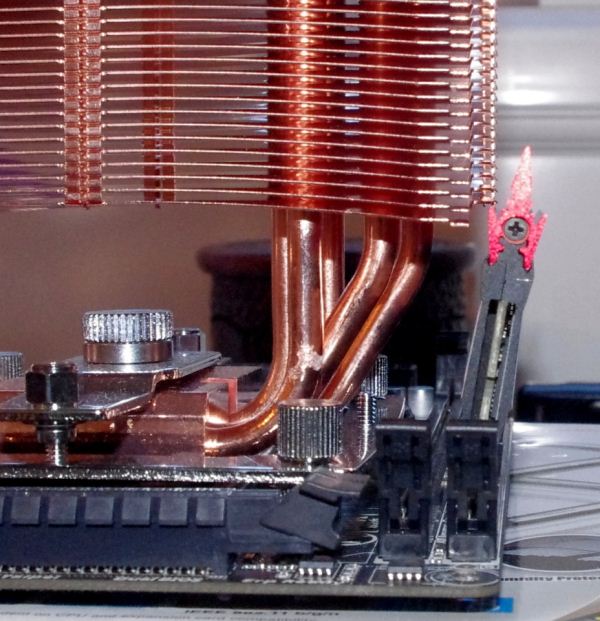















114 Comments
View All Comments
just4U - Saturday, October 20, 2012 - link
Peaunut we are not talking 300-500 bucks here.. this is a 20-30 dollar premium which is nothing in comparison to what ram used to cost and how much more premium ram was as well.If your on a tight budget get 8Gigs of regular ram which is twice the amount of ram you likely need anyway.
Tech-Curious - Monday, November 5, 2012 - link
Thing is, these tests are for integrated graphics, unless I'm misreading something (AFAICT, the discrete card was only used for PhysX support; if I misread there then I apologize).Off the top of my head, there are basically three scenarios in which you're likely to want an IGP:
1) You're building an HTPC, in which case you prioritize (lack of) noise and (lack of) heat over graphics' power. If all you want to run are movies, then the IGP should be adequate regardless of the speed of your memory -- and if you want to play games, no amount of memory is going to turn an Intel IGP into an adequate performer on your average TV set these days. (Better to grab an AMD APU or just give up the ghost and grab a moderate-performance GPU.)
2) You're looking to run a laptop. But the memory reviewed in this article doesn't apply to laptops anyway.
3) You're on a tight budget.
So at best, we're talking about a fraction of a sliver of a tiny niche in the market, when we discuss the people who might be interested in wringing every last ounce of performance out of an IGP by installing high-priced desktop memory. Sure, the difference in absolute cost between the cheapest and the most expensive RAM here isn't going to make or break most people -- but people generally don't like to incur unnecessary costs either.
And people who are on a budget? They can save $80, just based on the numbers in the article, without making any significant performance sacrifice. That's real money, computer-component-wise.
tynopik - Thursday, October 18, 2012 - link
"I remember buying my first memory kit ever. It was a 4GB kit"makes you feel old
my first was 8MB
DanNeely - Thursday, October 18, 2012 - link
My first computer only had 16k.Mitch101 - Thursday, October 18, 2012 - link
VIC-203583 bytes free
jamyryals - Thursday, October 18, 2012 - link
wow :)just4U - Saturday, October 20, 2012 - link
The first computer i bough was a tandy 1000. I got them to put in 4 megs of ram.. at 50 bucks per meg.GotThumbs - Thursday, October 18, 2012 - link
Same here.I had purchased a used AT Intel 486DX 33Mhz powered system and upgraded it to 16mb around 1989. Overclocking it was done using jumpers on the motherboard. Heck, in HS I was a student assistant my senior year and recorded everyone's grades on a cassette tape drive using a Tandy (TS-80 I believe). It blows my mind thinking about how things have changed. There's more power/ram in a Raspberry PI than my first computer.
Best wishes for computing in the next ~30 years.
andrewaggb - Thursday, October 18, 2012 - link
Agreed, my first computer I owned personally was a 486 slc 33 (cyrix....) and I had a couple 1mb memory sticks, can't remember if those were called sims or something else. We had an apple 2+, trs 80, commodore 64, and ibm pc jr in the early-mid 80's but those were my dads :-), and some 286 that I can't remember the brand of.Just thinking about the e6400 as a first pc amuses me :-), that's still usable, and actually is when most of the computer fun started to die in my books. My current pc's are running phenom II 965, i5 2500k, i7 620m, i5 750, i7 720qm and I just have little motivation to upgrade anything ever.
Haswell is the first chip in a long time that I'm excited about. Everything else has been meh. And AMD... I had an amd 486-120,K6-200,K6-2 300,athlon xp 1800,2500, athlon 64 3200, athlon 64 x2 4800, 5600, phenom II 945,phenom x3, and my current 965 and a c-50 e netbook. man hard to believe all the computers I've had :-) Anyways, amd has nothing I want anymore, except cheap multicore cpus for running x264 all day.
IanCutress - Thursday, October 18, 2012 - link
E6400 wasn't the first PC... just the first processor I actually bought memory for. The rest were pre-built or hand-me-downs. :) I actually just took the same motherboard/chip out of my brother's computer (he has had it for a few years, with that memory) and bumped him up to Sandy Bridge. I'm still 27, and the E6400 system was new for me when I was around 21 or so. Since then I've got a Masters and a PhD - time flies when you're having fun!Ian